Tamron Blogs
Share the article:
More Photo Tips | Video Gallery | Photo Gallery | Enewsletter sign-up
How to Choose a Tripod for Photography
A stable support system is an essential tool to keep your camera steady, but there is a wide range of options when choosing one. There is not a ‘one size fits all’ solution when selecting camera tripods. This article discusses why and when you need one and what to consider when shopping.
Why Do You Need a Camera Support?
A stable camera support can improve the clarity of your photos, especially in low light. It is also crucial when using slower shutter speeds to create a greater depth of field. To blur water in rivers and waterfalls, you need a stable platform to slow down your shutter speed to prevent camera shake. Additionally, long exposure photography, wildlife photography, astrophotography, and macro photography benefit significantly from a sturdy support system to maintain consistent framing and sharpness when shooting at slower shutter speeds.
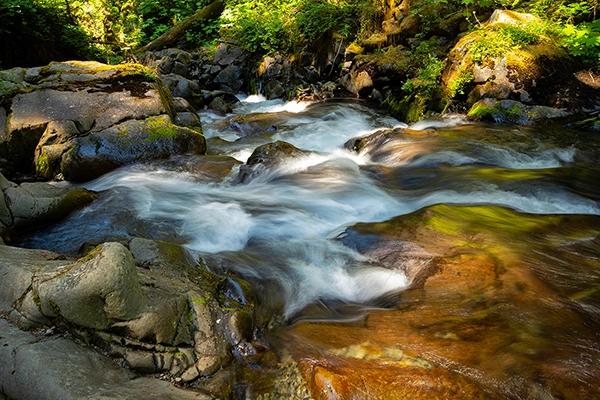
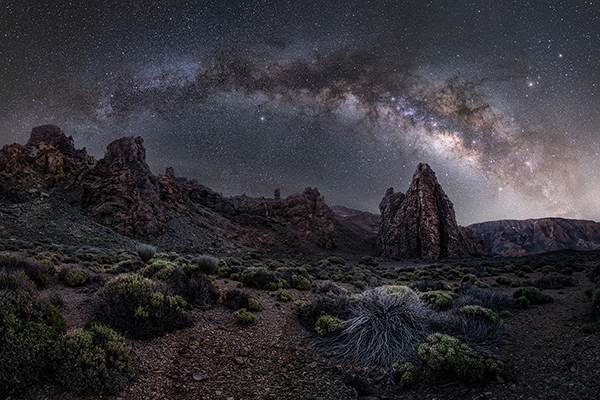
Using a tripod with a lens like Tamron's 150-500mm (Model A057) will help you to achieve great telephoto shots. Be sure to turn off the VC image stabilization when you do so. When using a wide-angle lens like Tamron’s 17-28mm F/2.8 (Model A046) for astrophotography or long exposure photography, a tripod is also crucial.
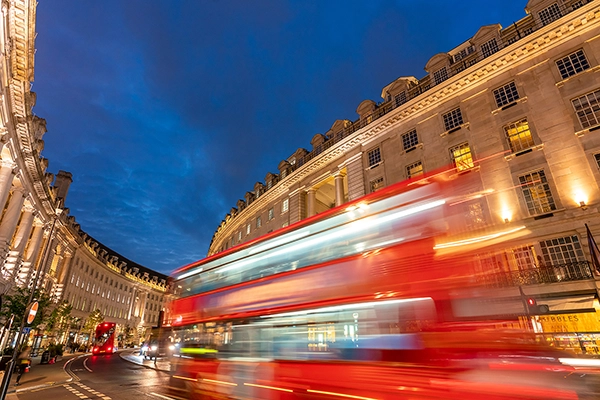
Key Considerations Before Purchasing
Load Capacity
Knowing the weight of your camera with the heaviest lens attached is important. The head's job is to securely hold your equipment in place and control camera movement on the legs.
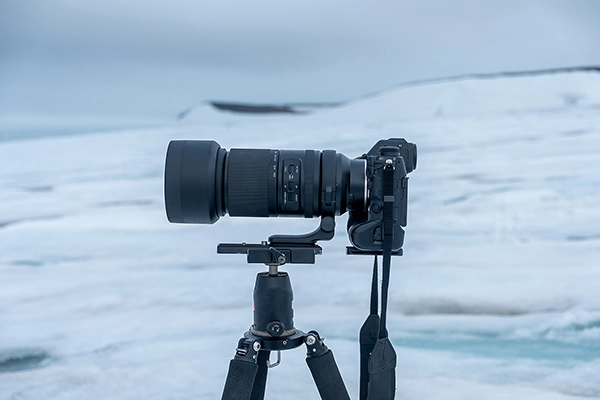
You should plan for about one and a half times more than that weight when doing your research. This extra capacity ensures stability and prevents potential damage. Be sure to consider the combined weight of accessories like flashes, external microphones, or battery grips.
Type of Head
You’ll need to consider how much control you want from the head because each one offers different capabilities. Here are four types to consider:
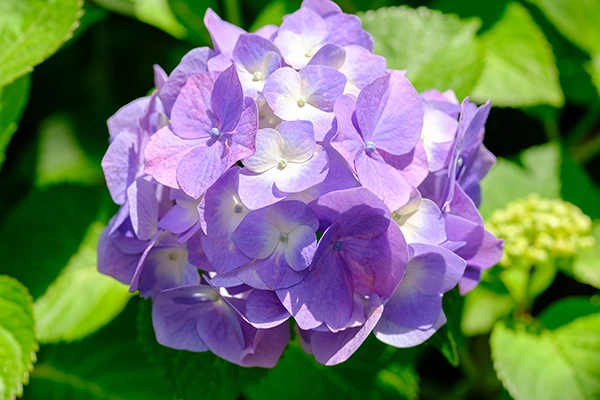
1. Pan-Tilt Tripod Head: This head is ideal for making fast horizontal and vertical adjustments. It is perfect for landscape and architectural photography, especially when you require precise framing.
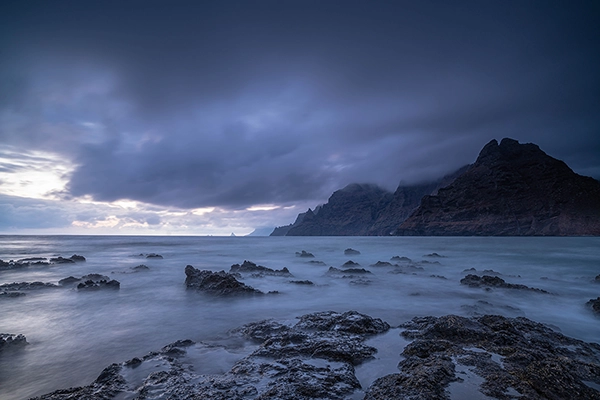
2. Video Fluid Head: This head is ideal for videographers who desire smooth motion in their videos. It is a more fluid version of the pan-tilt head.
3. Ball-Head: One control adjusts camera position quickly for different photography styles.
4. Gimbal Head: The Gimbal Head accommodates long and heavy lenses that are over 300mm. It helps to balance the camera and lens for smooth tracking of moving subjects. This tool is ideal for wildlife and sports photography.
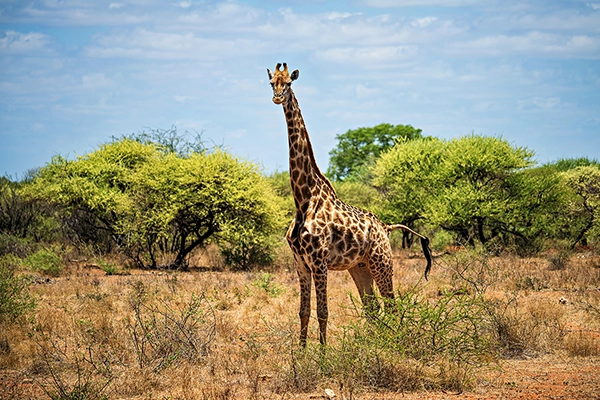
Ensure the head includes a quick-release plate for quick and easy camera attachment and removal. This feature is particularly useful when you need to switch between handheld and mounted shooting quickly.
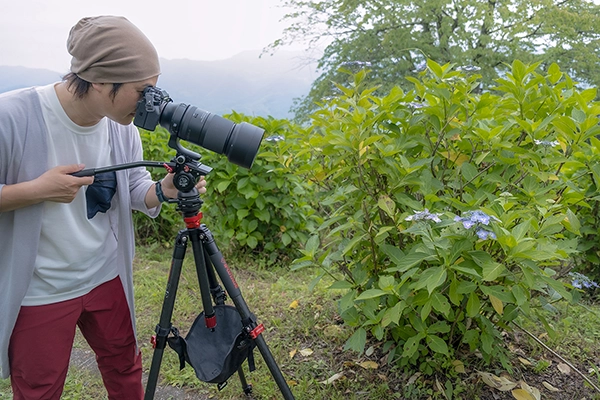
Weight
The material of your camera support affects its weight and portability. Steel is stable and can support a lot of weight, but it might be too heavy for travel. Aluminum tripods offer a good balance between weight and cost, making it a popular choice for many photographers.
Carbon fiber tripods are durable, stable, and resistant to rust, but these tend to be more expensive. Consider how much you are willing to carry, especially if you plan to hike or travel frequently with your equipment.
Height
Maximum height is important. Your camera support should extend to allow you to view the camera at eye level. If you share your support system with a family member, choose the tallest option. You can always adjust the tripod legs to fit the shorter person's height.
For travel, look for the measurement height when folded. Travel tripods have lock mechanisms allowing the legs to fold back up to fit in luggage or attach to your backpack.
Consider purchasing a tripod with a flip or tilt center column. This feature allows you to take pictures from a lower angle. This will give you more options for your photography.
Stability Features
Search for supports with spiked or feet for better stability outdoors, as they offer improved grip on uneven surfaces. Rubber feet are preferable for indoor use to avoid scratching surfaces. Some models offer interchangeable feet for versatility.
Leg locks are another critical aspect; twist locks and flip locks are the most common types. Twist locks are generally faster to operate, while flip locks are easier to see and use, even with gloves.
Additional Features
• Monopod Conversion: Some supports offer a detachable leg that can be used as a monopod, providing an additional tool for stability with less bulk.
• Bubble Level: Integrated bubble levels help ensure your camera is perfectly level, which is particularly useful for panoramic and architectural photography.
• Hook for Added Weight: A hook on the center column allows you to hang a weight (like your camera bag) to increase stability in windy conditions.
• Carry Bag: A carry bag for your camera support system offers numerous benefits, including protection, convenience, organization, ease of travel, weather resistance, security, and a professional appearance.
Budget
Your budget will ultimately determine which camera support system you purchase. While it can be tempting to opt for a cheaper model, investing in a quality tripod will pay off in the long run. More expensive models generally offer better build quality, more stability, and additional features.
Prioritize your needs based on the questions above, and you should find a quality option that fits your requirements. Remember, investing in a good one will ensure it lasts a long time and enhances your photography experience.
Consider these factors to choose a camera support system that meets your needs and improves your photography results. This will help you achieve better outcomes in your photography.
More Photo Tips | Watch Videos | Learn More About Tamron Lenses | Photo Gallery